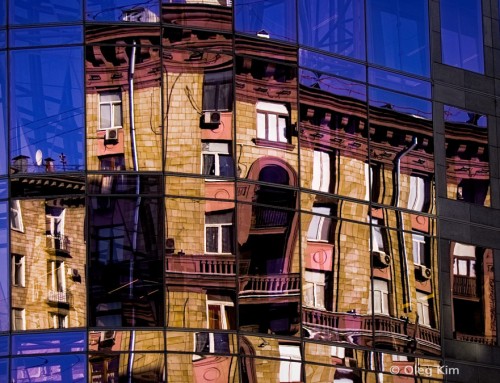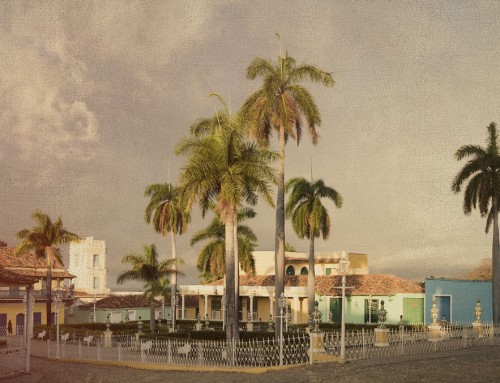Jenn Aan and I run a photography business in Raleigh, North Carolina called Halftone Studios. Our main focus is wedding and lifestyle photography. For our work, we need software that supports photo collaboration for managing our library. Exposure is central to our photo management workflow because it provides us the flexibility to work on our own terms.

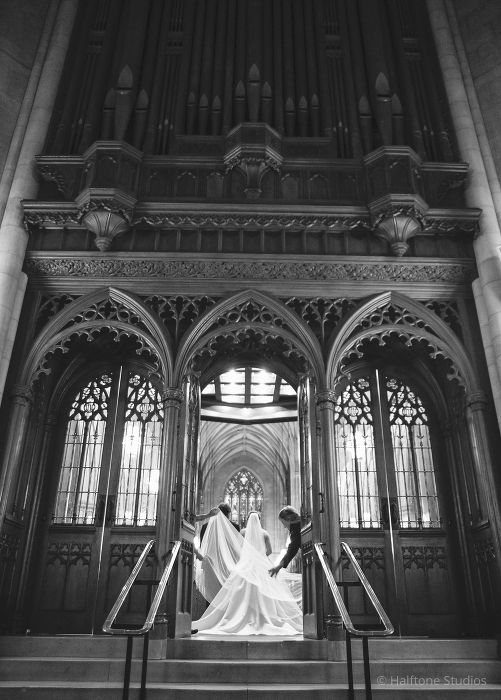
Photo collaboration benefits of Exposure’s catalog-free workflow
Exposure gives us the freedom to edit our photos when and where it is convenient. Operating a photography business is creatively rewarding, but it can take a lot of time to manage. As proud parents of three kids, maintaining a work/life balance is a tough job. Exposure lets us edit and manage our photography when we’re on the go, so we can still make it to soccer practice, parkour, carpool, etc.
Using Dropbox and Exposure means we can use one of three computers to instantly access any of the images and edits that need work. Before we made the change to using Exposure as our photo manager, we didn’t know that we needed the ability to edit our photos collaboratively. We used to do all our editing seated in front of the main computer in the office. Now that Exposure is our photo manager, we can both work on the same shoot from the bedroom if the kids have friends staying the night, or from the back porch, or a plane, or from Starbucks. And it ensures that all our photos and edits are always safe.
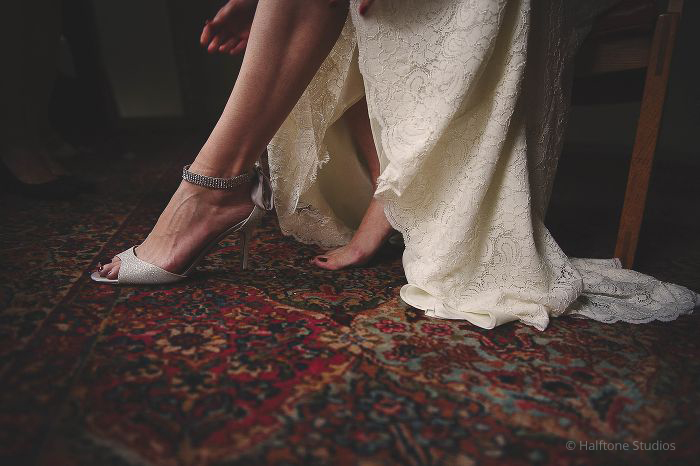
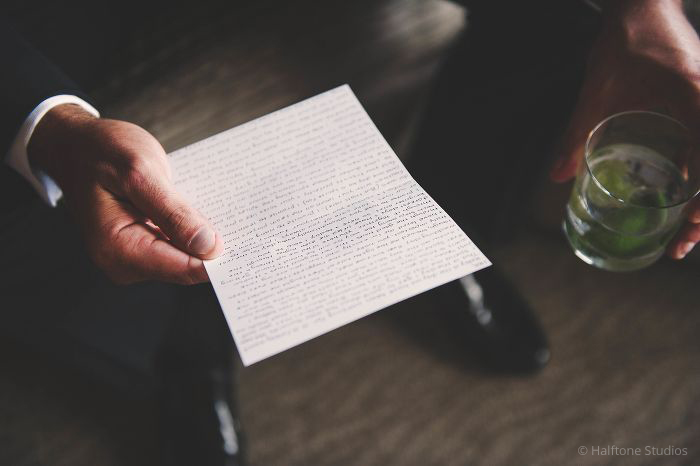
Our office setup for easy backups
Our office computer system is fairly basic. We use one main iMac workstation and two identical Macbooks. Dropbox is installed on all of our machines, which handles sharing files and edits between our computers automatically from any location with Wi-Fi.
When we get back from a shoot, we copy the images directly to Dropbox from the camera cards. Our photos remain in Dropbox while we perform editing. Once the editing is complete, we save the final JPEGs from the shoot in a client folder with their albums and other product files. Every six months we archive everything in Dropbox to an external drive and delete the folders.
We have a simple backup system consisting of three separate external drives. All of them are attached to the main workstation. The first and most important drive is what we call our working drive, which has a copy of all our client files like final JPEGs and album designs. The second drive is our backup, which has a duplicate copy of all our RAW image folders and Exposure sidecar files. This is so that we don’t lose any images or edits should a drive fail. The last one is our Time Machine drive, which is where automatic local backups of the main workstation are recorded every day.
And, just to be extra careful, we also use a cloud backup service called Backblaze. Every morning at 4 am the entire computer, including the attached external drives, are duplicated to the cloud. This is a safety precaution in case of a fire or other catastrophe.
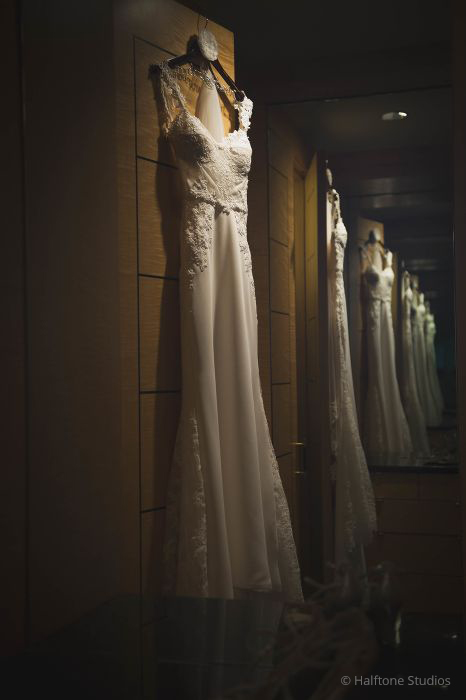
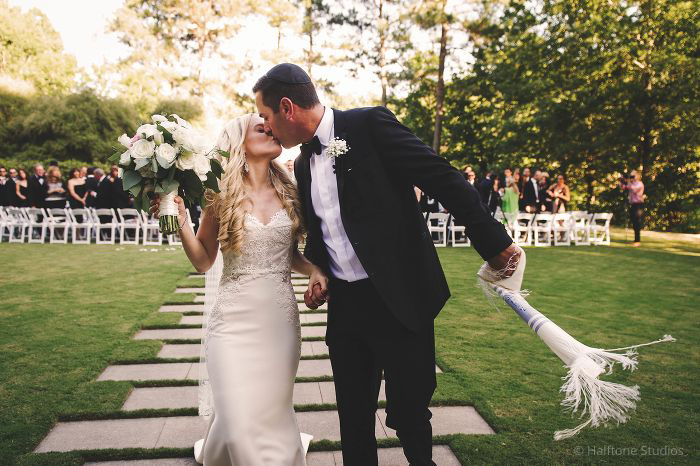
Exposure’s Efficient Workflow
We come from a film background, so we shoot much lighter than those born in the digital generation. An eight-hour wedding, for us, will have about 1500-1800 photos. After culling and editing the images, we’ll deliver 300-500.
Using Exposure as the central app in our post-processing workflow made a huge positive impact. It allowed us to cut out about 60% of the time we put into editing, on average. We are overly obsessed with tracking our time, so the time-savings came as excellent news for us.
We used to do our editing in the evenings from the main workstation. A lot of that time was spent waiting on computer processes–which eventually allowed for being distracted by banana slicer reviews on Amazon. Now we don’t have to wait for imports or for rendering JPEG previews, so there’s less of a chance that we’ll drift off into the depths of the internet.
Exposure’s photo collaboration workflow really sped us up. It provided us with a much-needed overhaul, so we’re no longer handcuffed to the desk.
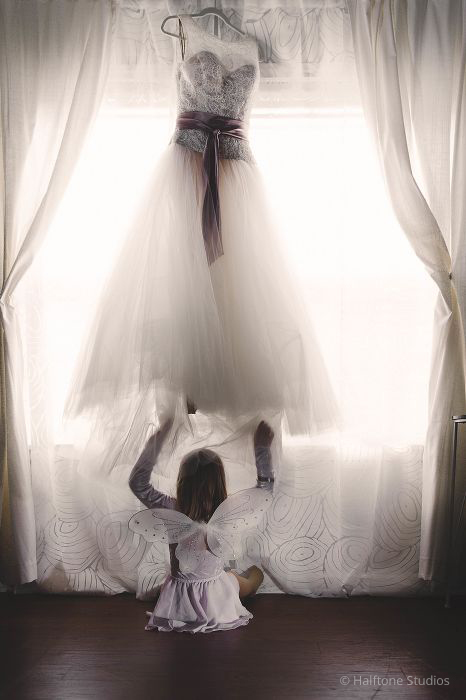
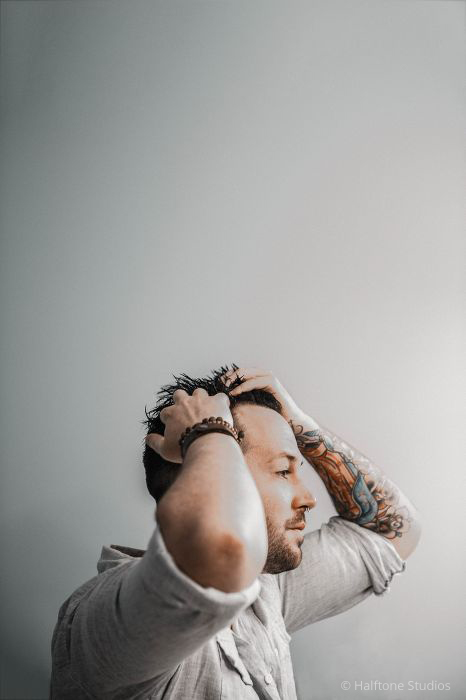
Try Exposure Today












